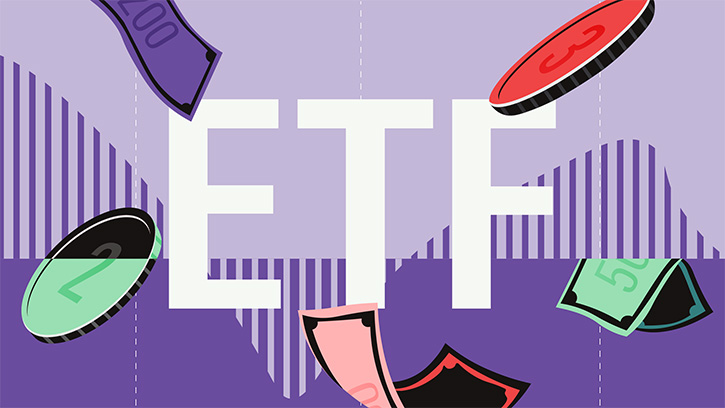Jose Garcia Zarate: Eurostat recently published a labour market report showing that the unemployment rate in the Eurozone had dropped in January to its lowest level since August 2011. This is actually very positive. Then when you look at market expectations, we see that the European Central Bank is about to increase monetary stimulus in order to fight off downside risks to the economic outlook.
The reality is that the labour market obviously works on a time lag. So what the data today is telling is how the economy was doing four to six months previously. We need to look at forward-looking indicators and particularly sentiment surveys and those are indicating that the recovery is losing steam. Besides, the ongoing drop in commodity prices is actually feeding through to the real economy and so current inflation has dropped to negative levels and perhaps more importantly mid to long-term expectations have also declined.
Of course, central banks need to adopt policy on a forward-looking basis and this explains why the ECB is expected to up the stimulus. This may come in the shape of further asset purchases, decline in interest rates or maybe both.
For some time now the ECB has been applying a negative rate on these deposits for commercial banks. In this the ECB is not alone. Many central banks around the world have enacted negative interest rates. And one can wonder why they are doing this?
The idea would be to force economic agents to spend and invest in risk assets rather than save. This ultimately would boost domestic demand higher to prop up the economy and hopefully generate some upward pressure on prices in the process. At least that's the theory. Only time will tell if this policy will succeed in this objective. If it doesn't then the risk is that the policy will only serve to foster tensions in the foreign exchange markets, with very little positive effect in the real economy.




















